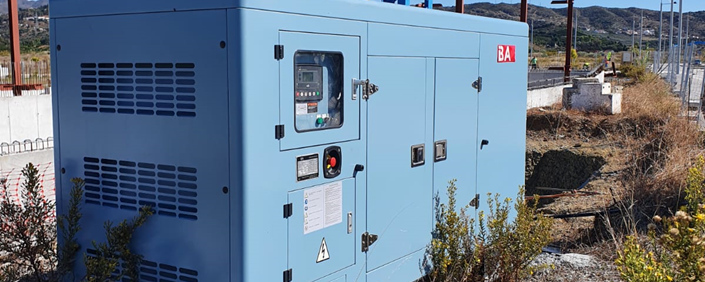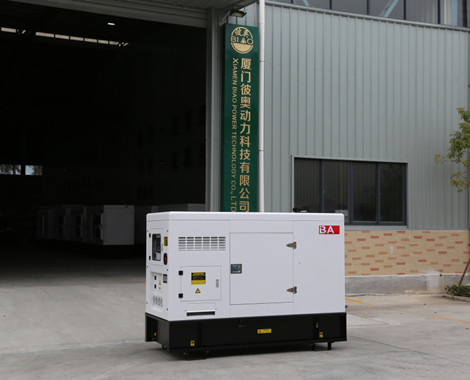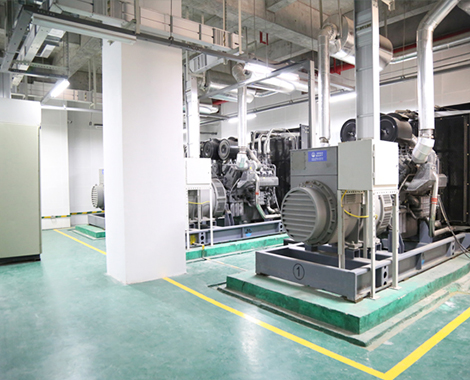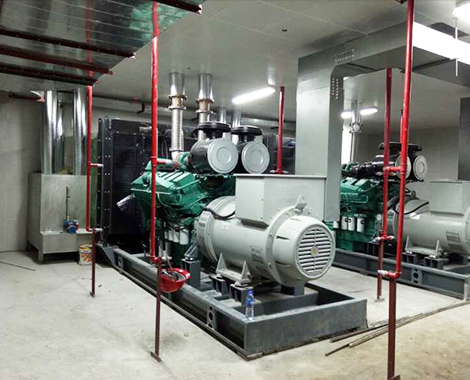ba power işletme lisansına sahip onurlu sertifikalarba güç üretimleri, yüksek kaliteli ürün ve hizmeti garanti etmek için iso8525, gb / t2820-97 ve ce sertifikasına ve iso9001 ve iso14001 yönetim sistemleri tarafından onaylanan kaliteye sahiptir. ürünlerimiz aşağıdaki alanlara yaygın olarak uygulanmaktadır:dirençli, ticari, market, elektrik, kiralama,telekomünikasyon, demiryolu, bina, elektrik enerjisi, askeri, fabrikalar, yollar, petrol, gemi yapımı vb. ve dünyanın her yerindeki ülkelere ihraç edilmektedir.motor markalarımız:perkins, cummins, doosan, mtu, ricardo, ukkms, vb.kontrol paneli markaları: uk deepsea, czech comap, smartgenTeknik desteğimiz: Jeneratör endüstrisinde 10 yılı aşkın süredir çalışan profesyonel mühendislerimiz ve tasarımcılarımız, zamanında hızlı ve etkili teknik çözümler sağlayabilir.Garantimiz: Standart süre olarak hangisi önce gelirse bir yıl veya 1000 saat çalışma süresi sağlıyoruz. ve hava, yakıt, yağ. yağ filtreleri dahil sarf malzemeleri, bakım ve kullanım kılavuzunun hatalı veya ihmalinden kaynaklanan tüm arıza ve hasarları garanti kapsamımız dışındadır.taahhütlerimiz:Tüm ürünler, yüksek kaliteyi sağlamak için sevkıyattan önce sıkı fabrika testini geçti.ürünlerin garanti koşulları kesinlikle uygulanır.Zamanında teslimat sağlamak için yüksek verimli montaj ve üretim hattı.profesyonel, zamanında, özenli ve özverili hizmet sunulmaktadır.uygun ve eksiksiz orijinal aksesuarlar sağlanır.Yıl boyunca düzenli ve düzensiz teknik eğitim verilmektedir.24/7/365 müşteri hizmetleri merkezi, müşteri hizmetleri talebi nedeniyle hızlı ve etkili yanıtlar sağlar.
Daha fazla












